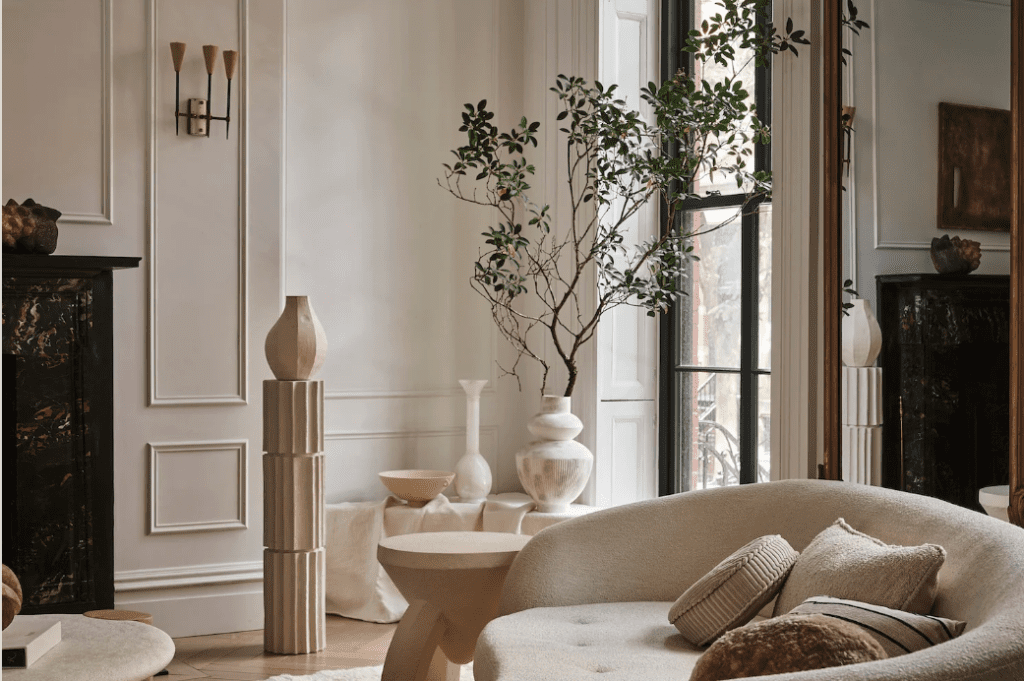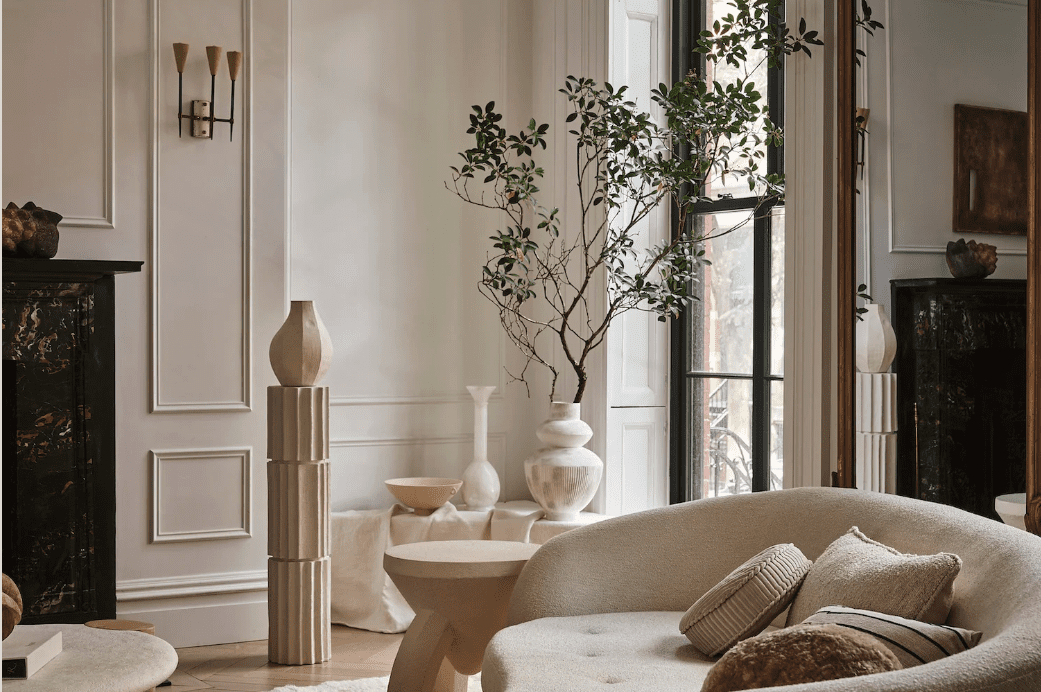
You know those days — the ones that leave you feeling frazzled and drained of energy. Maybe you spent all day in front of a computer screen doing work that felt uninspiring, or maybe you had to run errands all over the city and you spent half the day stuck in traffic. Whatever it was, by the end of the day, you just felt exhausted and disconnected.
We’ve all had those days, but on some occasions, we’ve been able to turn it around by going for a walk through a forested park, sitting quietly on a bench beside a lake, or taking a moment to watch the birds build a nest in the backyard — some sort of experience that allows us to disengage from the stresses of the day and tune in to the peaceful rhythms of nature. If you’ve ever experienced something like this, then you’ve benefitted from the concept of biophilia.
WHAT IS BIOPHILIA?
Biophilia is the idea that humans have a biological need to connect with nature. What’s more, this connection is necessary to maintain a vibrant and healthful existence. First coined in 1973 by social psychologist Erich Fromm, the term literally means “the passionate love of life and all that is alive” (from the Greek bio: life and philia: love). The concept was later popularized by biologist Edward O. Wilson who believed that our innate attraction to nature is genetically based — that we have a genetic predisposition to surround ourselves with nature in order to maintain our sense of well-being.
WHAT IS BIOPHILIC DESIGN?
Biophilic design, then, is design that reconnects us with nature. This design theory incorporates natural materials, patterns, and phenomena into the built environment to promote a sense of connection with nature. This provides people with healthy living and working spaces that reduce stress and improve overall health, well-being, and productivity.
Usually, discussions about biophilic design involve large scale commercial buildings and new construction projects. While they are great for our collective humanity, these types of projects don’t often provide insight into how we as individuals can incorporate biophilic principles into our own lives. Below are five easy ways to reap the benefits of biophilic design in your own home.
1. FIND WAYS TO BRING THE OUTDOORS IN
- Use natural materials as decor. Think flowers in a vase in the spring and summer, gourds and dried grasses in the fall, or decorative dried branches decorated with fairy lights in the winter.
- Add potted plants where possible. Place larger trees in corners of the room and smaller plants like succulents on the coffee table or your desk. Plants provide the added benefit of improving the indoor air quality and encourage mindfulness by giving us something to care for and tend to. Plus, they’re beautiful to look at!
- Open the windows — and doors, if possible — to let in natural light and increase air circulation. If you live in a cooler climate, you can at least open the blinds to allow as much natural light as possible into your rooms.
2. SELECT FURNISHINGS MADE FROM NATURAL MATERIALS
- Think wood and stone for tables, rattan and seagrass for baskets, linen and cotton for soft furnishings, and wool for rugs. BONUS: natural materials tend to patina and get better with age, whereas synthetic materials tend to degrade over time.
3. USE CURVED AND ORGANIC SHAPES
- When it comes to furniture, curves are currently trending. If you’re feeling bold, then go for it with your larger upholstered items! If you’re hesitant to commit to a curved sofa, try using this concept on smaller items like a side table made from a slab of stone or an occasional chair with a softly curved back.
- Select artwork and decorative items that utilize these shapes as well. This could be an abstract art piece with soft, organic shapes or a vase that resembles a gourd in shape and colour.
4. CHOOSE NATURE-BASED COLOURS
- Select colours found in nature near your home. This may be warm, earthy colours if you live near the desert, or deep evergreen and soft greys if you live in the Pacific northwest. PRO TIP: go for a walk near your house and take a fan deck of paint colours along with you. Notice colours that you like in nature and match them to your paint deck. Keep in mind that these don’t have to be used on the walls of your home (although the can if you want them to!). They can also be used in smaller applications like toss pillows, decorative items, or area rugs.
- An alternative approach is to use natural materials in their raw, unprocessed form. This will create a more neutral colour palette of creams and off-whites, light greys, and warm tans and beiges. While these may not be the colours you see when you look outside, they will still provide a similar calming effect when experienced in your home.
5. CONSIDER ALL YOUR SENSES
- Scent: Candles, room sprays, and diffusers can add natural scents to your space throughout the day. Be sure to choose items that are scented with real essential oils to ensure that you’re not negatively impacting your health with synthetic fragrances. PRO TIP: select essential oils of plants that grow naturally in your area.
- Sound: Try placing a fountain in the corner of a room for a soft flow of water throughout the day. Or play meditative music that incorporates bird song, lapping waves, or wind blowing through the trees.
- Sight: Consider incorporating art that features nature scenes. If you prefer abstract art, choose shapes and colours that are reminiscent of nature (see #3 and #4 above). The same goes for decorative objects like vases, mirrors, trays, and decorative bowls.
- Touch: An added benefit of using natural materials for your furnishings (see #2 above) is the tactile experience of these materials. The warmth of wood, the cool, smooth feeling of natural stone, the texture of woven rattan and other natural fibres, the coziness of wool under your feet — your body will sense the comfort of being surrounded by these materials.
- Taste: While taste doesn’t really come into play when discussing home decor and interior design, it bears mentioning that natural, unprocessed, and locally-grown food tends to taste better and have added health benefits over highly processed and artificially-flavoured and -coloured foods.
Chances are you already use one or more of these tips in your home. After all, we’re all human and we all seek connection with nature — even if it is subconsciously. I encourage you to try one additional tip and notice how it impacts your sense of well-being and happiness in your home.
To learn more about how we incorporate biophilic design, wellness and sustainability into our design process, visit our website.
